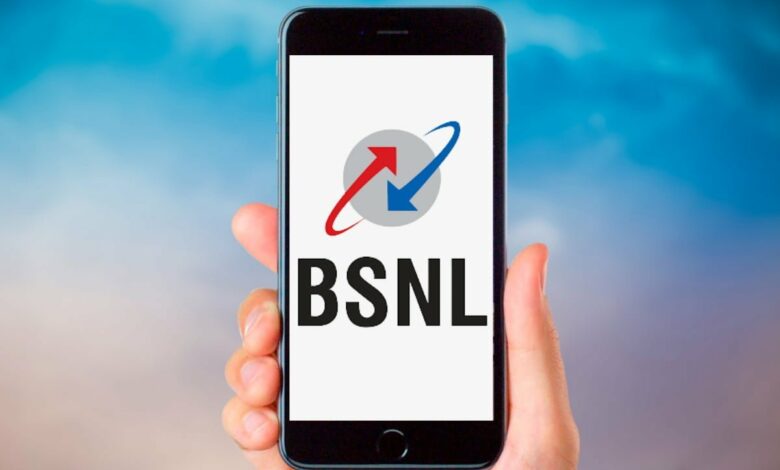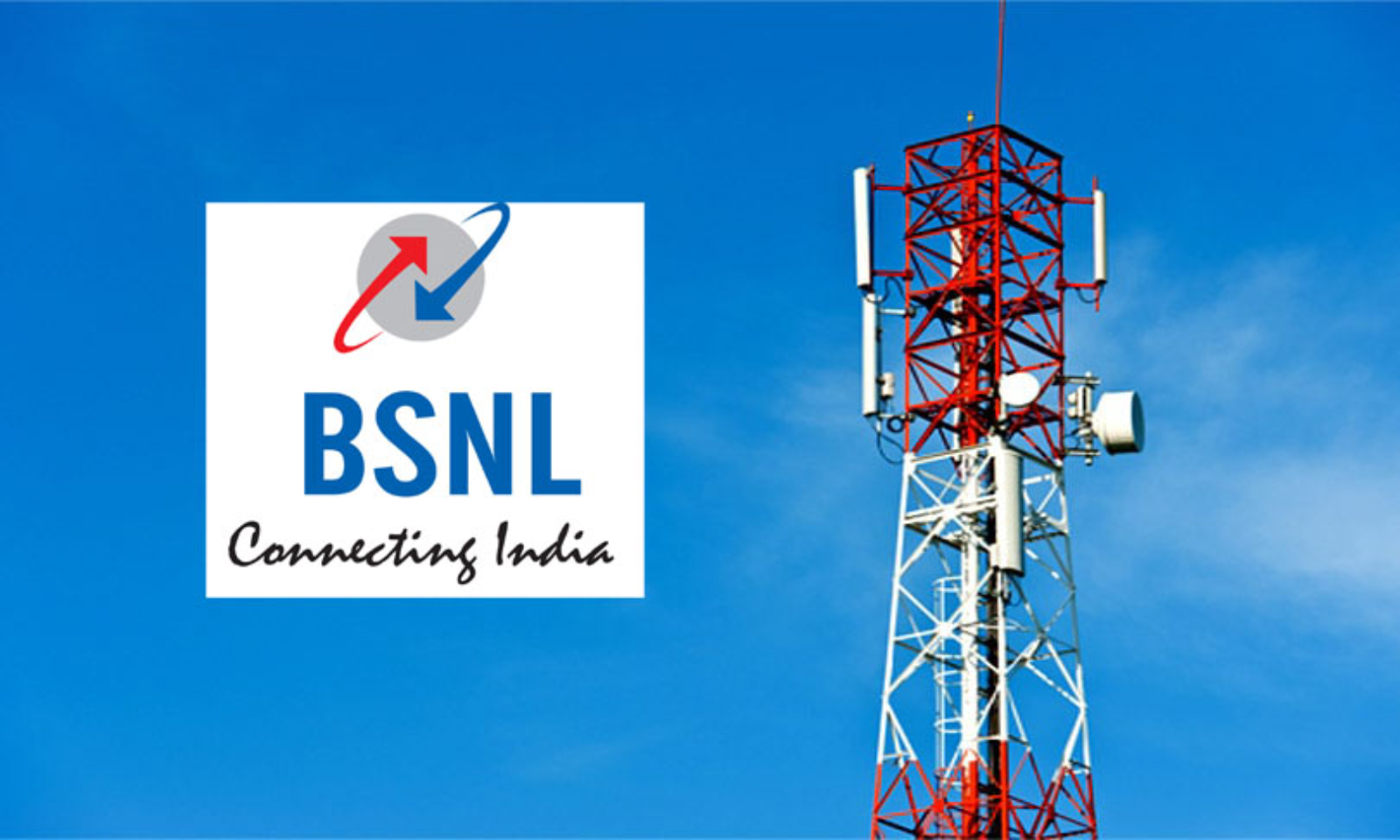BSNL and MTNL’s plans in 2022 make sense for Vi

We’ve said this before, and we’ll repeat it: mergers should be based on synergies, not on a desperate need to stay alive or a desire to save money.
In the case of Vodafone and Idea, it was mostly a way to stay alive when there was a lot of competition. In the case of BSNL and MTNL, the government tried to save the failing public-sector businesses by giving them money (PSUs).
People ignored how vital synergy is both times.
In the Vodafone and Idea case, the companies looked for synergies after they merged. In the BSNL/MTNL case, there were no synergies at all.
While the merger between Vodafone and Idea came to light and became Vi, BSNL and MTNL are still in the dark.
Vi seems to be on its way to the ICU because of its current situation. BSNL and MTNL were already getting help from ventilators.
For lenders, saving Vi will be a tightrope walk, and they are already looking for ways to protect themselves.
There are now three private and one public-sector company left in the Indian telecom industry, and two of these companies are struggling to stay alive.
In the case of BSNL and MTNL, bailouts worked. Can they work for Vi?
You should know that even with BSNL/MTNL, it was only for short periods. The future of these PSUs will depend on how well they run and when 4G services start. It’s the same for Vi, who gets bailouts, and they can only give her so much protection.

Beyond that, it is up to the company to stay alive.
When it comes to both Vi and BSNL/MTNL, a change in their strategy and operations can help them stay in business.
Is there a way to help them improve their game together? There will be problems, but there will be synergies, and there will be problems.
merger: The merger of the merged groups
We can think of Nokia Networks as an example of a telecom infrastructure company merged with another company.
Alcatel and Lucent joined together to make Alcatel-Lucent. Nokia and Siemens joined together to make Nokia Siemens Networks, and Nokia Networks is now the company’s name that came together from both of these groups.
Though it’s not known if service providers could merge, a detailed analysis and feasibility studies could help us understand how the merger of Vi, which is the result of a merger between Vodafone and Idea, and an entity after the possible merger BSNL and MTNL would work out.
When Vi and BSNL/MTNL are merged, some synergies are good for them, so they can take advantage of them if they do connect.
Networks: BSNL and MTNL both don’t have 4G networks today, and they have been having trouble getting the 4G spectrum from the government for a long time. It’s not that they don’t have good 2G and 3G coverage in their workplaces. Vi, on the other hand, has a nationwide 4G service and 2G and 3G services that are still in use.
When Vi is done with its 3G network and moves to 4G services, it will use the spectrum that was used for 3G to do that. BSNL and MTNL could do the same thing if they merge with Vi. The new company can use the scope that BSNL already owns for 3G to make 4G more powerful. This is possible, but there will be issues with how the spectrum is used.
Vi has a good presence in cities and metro areas, but BSNL/MTNL has a strong presence in rural areas. Of late, telcos have been spending a lot of money to get more people in rural areas to use their services.
Vi will be able to bring 4G to rural regions where BSNL and MTNL already have 2G and 3G networks, and it will be able to do this quickly and with less money spent. Because rural teledensity is only 60%, this will be good for the rural markets. As of May 2021, urban teledensity was at 140%, while rural teledensity was 60%. BSNL and MTNL will be able to use each other’s strengths when they work together.
BSNL has a landline network across the country and has fixed broadband services. Another thing to remember is that Vodafone-Idea doesn’t have this service. Its rivals, Airtel and Jio, have improved broadband and landline services offerings. Because Vi doesn’t have enough customers, BSNL/MTNL and VI will have to work together to fill this gap.
If you live in an urban area, you have 4.17 per cent of people with wireline teledensity, and in rural areas, that number is 0.22 per cent. There was a significant change in how people used connectivity services when there was a pandemic. People like Airtel and Jio can’t compete with the combined company very well, and they can get more of the pie.
BSNL and MTNL have a fibre backbone of about 800,000 km. This and Vi’s fibre network will come in handy when we move to 5G. This strong backbone can be used for both fibre-to-the-home and fibre backhaul for 4G and 5G sites if Vi and BSNL/MTNL get together. Again, there are synergies because BSNL and MTNL will bring fibre to the table, and Vi will bring a running 4G network. This is a win-win for both. And with 5G, they will be able to compete more effectively because they will have more abilities than before.
As of October 2019, the government will give BSNL and MTNL almost $70,000 million in aid. Volunteer Retirement Scheme (VRS) package, asset monetisation, 4G spectrum costs, and sovereign bonds for both BSNL and MTNL were all part of this deal. This meant both companies would have to pay for the bonds. Both BSNL and MTNL could use the VRS package well to cut down on their staff costs. More than half of BSNL’s and 80% of MTNL’s employees chose this plan.
On the other hand, the government is also working on a package of help for Vi and the business. As a group, it would be wise to think about how a joint approach could be used to see if the relief offered could help keep the merged entity alive so that it can stay together.
It won’t be easy to merge. It’s more difficult to say than to do. However, it won’t be easy for Vi and the other companies to work together. There will be a lot of problems and bureaucratic problems if public and private organisations merge.
People need to spend a lot of time and effort to figure out those problems and look for the best possible outcome. While there are a lot of things to think about, these are some of the most important:

BSNL and MTNL, on the other hand, were given a spectrum by the government. Vi got all of its scopes through auctions. There will be many problems and many different situations. As long as the merger and acquisition policy is followed, it will be easy to implement spectrum caps. The issues that need to be worked out are the financial terms after the merger and the return of spectrum if it goes over the lids. People don’t know what to expect when the government takes over Vi. How spectrum use and allocation issues will play out is up for debate.
People who work for the government, like pensions and job security, get these kinds of benefits, but those who work for private businesses, don’t. How the new company will deal with this will be a big problem. This would be great for BSNL employees, but Vi’s employees would love to get this. This will be another area where there will be problems if this merger gets the go-ahead.
Salary structure: This isn’t a new problem for BSNL and MTNL. When the two companies merged, this was one of the people’s main issues. People who work for MTNL make more money than those who work for BSNL. This was a problem when talks were going on about merging the two companies. Pay in the private sector is entirely different from in the public sector. People who want to merge Vi and BSNL should pay attention to this vital thing if the talks go forward.
Many things make people different from each Both Vi and BSNL/MTNL are very different in how they live. The way public-sector businesses work is very different from how companies in the private sector work. Employees at Vi, on the other hand, will have a hard time adapting to the more relaxed work environment and the bureaucratic pressure that comes from their jobs.
Vi’s trouble, BSNL’s flight
It’s suitable for Vi and BSNL/MTNL to merge. If the problems can be worked out, it’s a good thing. If this doesn’t happen and the government doesn’t help Vi, it will still help BSNL.
More than half of the people who use Vi are on 2G, and it will be necessary for BSNL to be in this area. Those who have 4G phones will either move to Airtel or Jio, and those who have 2G phones will be able to choose between Airtel and BSNL.
A big part of Airtel’s strategy is to focus on high-value customers, so they might not be interested in this group. They might also raise the standard tariffs to keep these low-value customers from joining. In that case, BSNL is the only option for many of these people if they don’t want to buy a 4G feature phone to use Jio’s services.
As you can see, it’s possible that Vi and BSNL/MTNL could merge, but if Vi goes bankrupt, BSNL will still have more subscribers than before.

The story of 5G and what comes after:
In the above paragraph, we only talk about 2G, 3G, and 4G networks, not other types of networks like WiFi. Things are indeed moving toward 5G now. If Vi and BSNL merge, that will completely change the strategy of their new company.
The government will give BSNL and MTNL a 5G spectrum like the government gave them a 4G spectrum. It is expected that the auction for the 5G spectrum will take place sometime in 2022.
Even though we’re moving toward 5G, the two public-sector players haven’t yet spread 4G all over the country.
BSNL and MTNL will merge with Vi, which will fill this gap. The merged company will be able to run for 5G and compete with Airtel and Jio on the same level.
It will be significant for both Vi and BSNL/MTNL. Without 4G, BSNL/MTNL can’t stay alive, and because of its progress with 4G, it will be behind even when 5G comes in. This is a big problem for Vi because of its financial situation. It will be hard for the company to buy a 5G spectrum in the next auction.
While this merger between Vi and BSNL/MTNL isn’t easy for the reasons above, it could be a good idea for the government and other people.
This will ensure that the Indian telecom industry doesn’t become a two-horse race.




